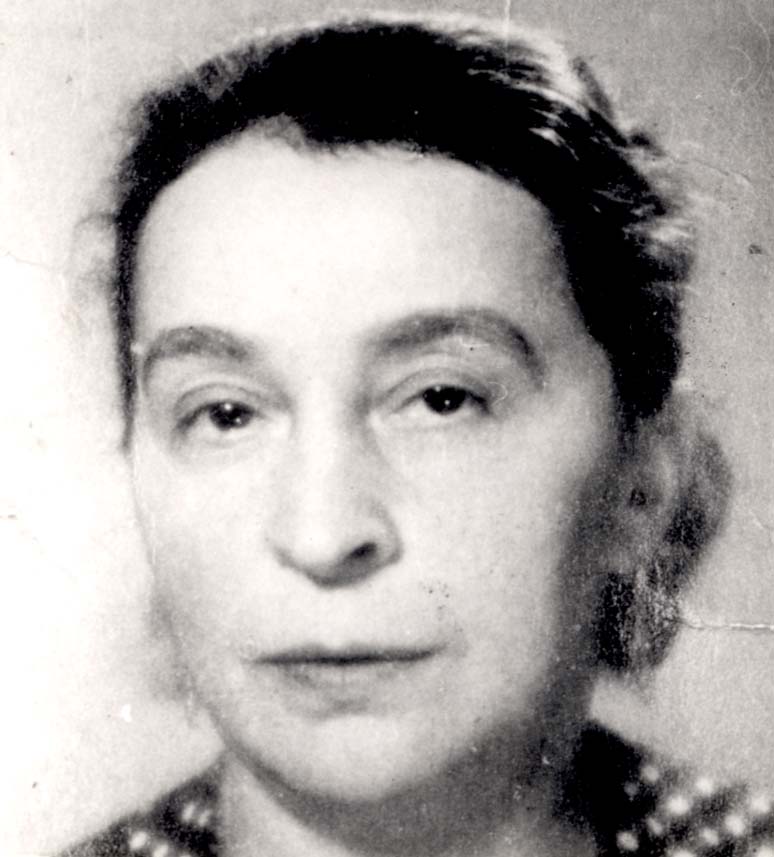Search for Names, Places and Biographies
Already layed Stumbling Stones
Suche
Laura Heldberg (née Tarter) * 1887
Isestraße 36 (Eimsbüttel, Harvestehude)
1941 Lodz
further stumbling stones in Isestraße 36:
Maximilian Bermann, Lina Karoline Bermann, Agathe Blanck, Anita Coutinho, Carl Frank, Else Frank, Walter Heldberg, Eduard Meyer, Berta Meyer, Arnold Meyer, Frieda Meyer
Laura (Lona) Heldberg, née Tarter, born on 16 Sept. 1887 in Lemberg (today Lviv in Ukraine), deported on 25 Oct. 1941 to Lodz, murdered in Chelmno in May 1942
Walter Heldberg, born on 23 Jan. 1888 in Oels (today Olesnica in Poland), deported on 25 Oct. 1941 to Lodz, murdered in Chelmno in May 1942
Walter Heldberg, born in Silesia, moved to Hamburg from the Rhineland. He had grown up in Wesel, where his father had his own photo studio whereas his mother worked as a pianist. While still in Wesel, Walter Heldberg did an apprenticeship with a portrait painter. In Cologne, he learned the trade of window-dresser.
Soon after completing his training, he must have arrived in Hamburg, where he worked in his trade for two well-known fashion houses. Even before the beginning of the First World War, he married Lona Tarter, whose family came from Lemberg (Lviv). During the war, Walter Heldberg saw front-line action in artillery.
In 1915, son Werner was born, seven years later a second son, Egon. In the 1920s, Walter Heldberg started his own men’s fashion store, employing his wife to do office work and a sales assistant as well. However, he gave up the business after a few years, concentrating on the occupation in which he was trained. In his apartment located at Schulterblatt, he ran a studio for design, photography, and implementation of window decorations in the textile industry. He prepared commercial photographs for well-known companies, mainly drugstore and cosmetics companies. In 1935, he gave up this self-employed activity as well. Since, being a Jew, he was expelled from the "Reich Chamber of Culture” ("Reichskulturkammer”), he was no longer able to practice his trade. He probably worked as a salaried employee in a Jewish company until 1938.
The sons managed to leave Germany. Werner, the older one, initially went to Denmark in 1935 and then emigrated via the Netherlands and France to Columbia in 1937. He returned to Germany in 1968.
At the end of 1938, Lona and Walter Heldberg arranged for emigration to Columbia for themselves and their 16-year-old son Egon. The attempt failed, although bureaucratic preparations had progressed considerably. The tax clearance certificate (Unbedenklichkeitsbescheinigung) of the Chief Finance Administration (Oberfinanzdirektion) was available, the Public Information and Advisory Center for Emigrants ("Öffentliche Auskunfts- und Beratungsstelle für Auswanderer”) had approved of Walter Heldberg taking along his camera, and the list of moving goods contained additional items he needed to enable him to practice his profession in his new homeland. Possibly, problems arose with the country of emigration.
In this uncertainty, son Egon was sent to Britain on 1 Dec. 1938, probably on a "children transport” (Kindertransport).
Contact with his parents was limited to the few lines that the Red Cross permitted in its international letters. Consequently, we know little about the parents’ fate in the last years of their lives. The son believes that Walter Heldberg was forced to perform "compulsory labor duties” ("Pflichtarbeit”). In 1939, the parents moved out of their own apartment at Schulterblatt and became subtenants at Isestrasse 36. From there, they were deported to Lodz on 25 Oct. 1941. Their address in the ghetto was Alexanderhofstrasse 37. The occupations indicated were "designer” for Walter Heldberg and "homemaker” for Lona Heldberg.
On 8 May 1942, Walter Heldberg submitted an application for himself and his wife to be exempted from the impending "evacuation” from Lodz because he had been "employed doing public works with interruption due to frostbitten limbs” since Nov. 1941, a fact supported, according to an enclosed certificate, up to the day the application was filed. However, "public works” were not considered a regular job. Though Walter and Laura Heldberg’s names were put on a "reserve list,” they were nevertheless sent on one of the "May transports” to Chelmno on 15 May 1942 and murdered there.
Translator: Erwin Fink
Kindly supported by the Hermann Reemtsma Stiftung, Hamburg.
Stand: October 2016
© Christa Fladhammer
Quellen: 1; 2; 8; AfW 230188, 160987, 250715; USHMM, RG 15.083, M 299/857-859; Auskunft per E-Mail von Fritz Neubauer, Universität Bielefeld am 19.11.2009.
Zur Nummerierung häufig genutzter Quellen siehe Recherche und Quellen.


